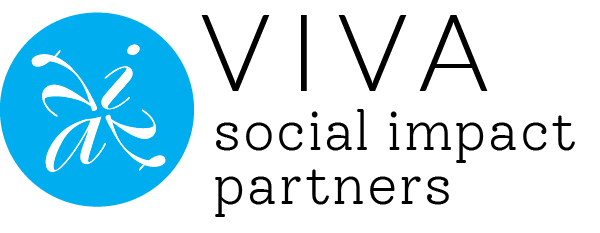3 min read
Quantifying the Unquantifiable: Equity-Centered Community Engagement
Laura Bowen
July 23, 2021
Blog

The lived experiences of families and community members are enormously important. They drive service providers to adapt, expand and invest in communities. But how can service providers understand what the families and communities they serve want and need?
That’s where equity-centered community engagement comes in. Yes, it’s a mouthful. But in practice, it’s a simple approach.
What are we talking about when we talk about equity-centered community engagement?
When we talk about equity-centered community engagement (ECCE), we are talking about a dynamic digital-first approach to flexible and sustainable community engagement. We engage a panel of participants who want to be involved by taking brief surveys. The surveys ask important questions that can help service providers and funders understand needs and make informed, community-centered decisions. As needed, the community can also participate in other opportunities to share their thoughts, such as focus groups or interviews. This approach fosters a large, transparent community, and ensures that services center solutions for the intended recipients.
Why surveys are an effective tool
Surveys are one of the best tools for providers to reach communities! Surveys are inexpensive and inclusive. They can convert real human thoughts and feelings into measurable data. Throughout the coronavirus pandemic, in-person approaches to getting insights from communities – such as focus groups and listening sessions – have been more challenging. Surveys can provide a window into a community’s needs to ensure families’ perspectives are centered without overburdening them and while maximizing the impact of decisions.
Many of VIVA’s clients are using surveys to better understand how they can best adapt their offerings to support stakeholders across communities. Early in the pandemic, we worked with one of our clients to conduct surveys that captured urgent needs of parent and child care providers (including attainment of PPE, financial support, and emotional support). We used that data to distill how our client would best support their community. Their teams used these findings to allocate a large government grant to support COVID-related needs.
Expanding on that success, VIVA developed and implemented ECCE for First 5 San Francisco (F5SF) and the San Francisco Office of Early Care and Education (OECE) as part of a joint early childhood planning process aiming at understanding experiences of families with young children and unravel racist practices that have perpetuated a significant opportunity gap.
In direct partnership with families, Your Child, Your Voice was launched in English, Spanish, and Chinese in January 2021. VIVA recruited people who lived in specific zip codes of different racial backgrounds to join this panel, elevating their voices. By providing the opportunity to give feedback and share their experiences, San Francisco parents were able to pull up a seat at the table.
Within only 1 month, over 1,600 parents of young children signed up to join Your Child, Your Voice for ongoing engagement. The number of registrants was more than 3 times the initial goal and demonstrated that the parents of the youngest San Franciscans were eager to get involved and share their perspectives. These parents and caregivers, with boots on the ground, are the most informed about how they experience the programs that have been designed to support them. That is a powerful tool to evaluate program success! Through targeting, we were able to build a beautifully diverse panel, reaching people of different zip codes, racial identities, languages, and immigration statuses.
Through digital engagement (read: texts and emails) during the spring, we were able to conduct surveys that shed important light on the resources available to families. For example, we had 618 parents that provided detailed feedback about the successes and challenges of navigating aspects of the early childhood system, such as special needs programs. On top of that, nearly all of these parents also provided detailed information on kindergarten readiness indicators, such as reading to their children. This panel provides us with a list of people who are ready to talk about their experiences. That feedback creates trust between parents and providers and helps outline a path forward.
An equity-centered approach
Equity-centered community engagement opens an efficient, effective through-line between parents and organizations. It creates a culture of community-centered decision-making that advances equity by honoring the perspectives and experiences of parents and other grassroots stakeholders. It also mitigates systemic bias; there is no need to make assumptions when you can just ask!
Once you have built a panel, no opportunity to ask for input is too small. You can ask for responses to emerging priorities, providing opportunities for real-time data collection, testing ideas, and tracking needs over time. Surveys are a great way to get your information straight from the source. And then, as transformative insights are gathered, share that information back out to empower the respondents and strengthen the community.
Equity-centered community engagement is a thoughtful approach to asking for feedback from the people who are best positioned to provide it–and giving them the ability to engage when and how they want. Information is power–and how people give and collect it can be powerful.
